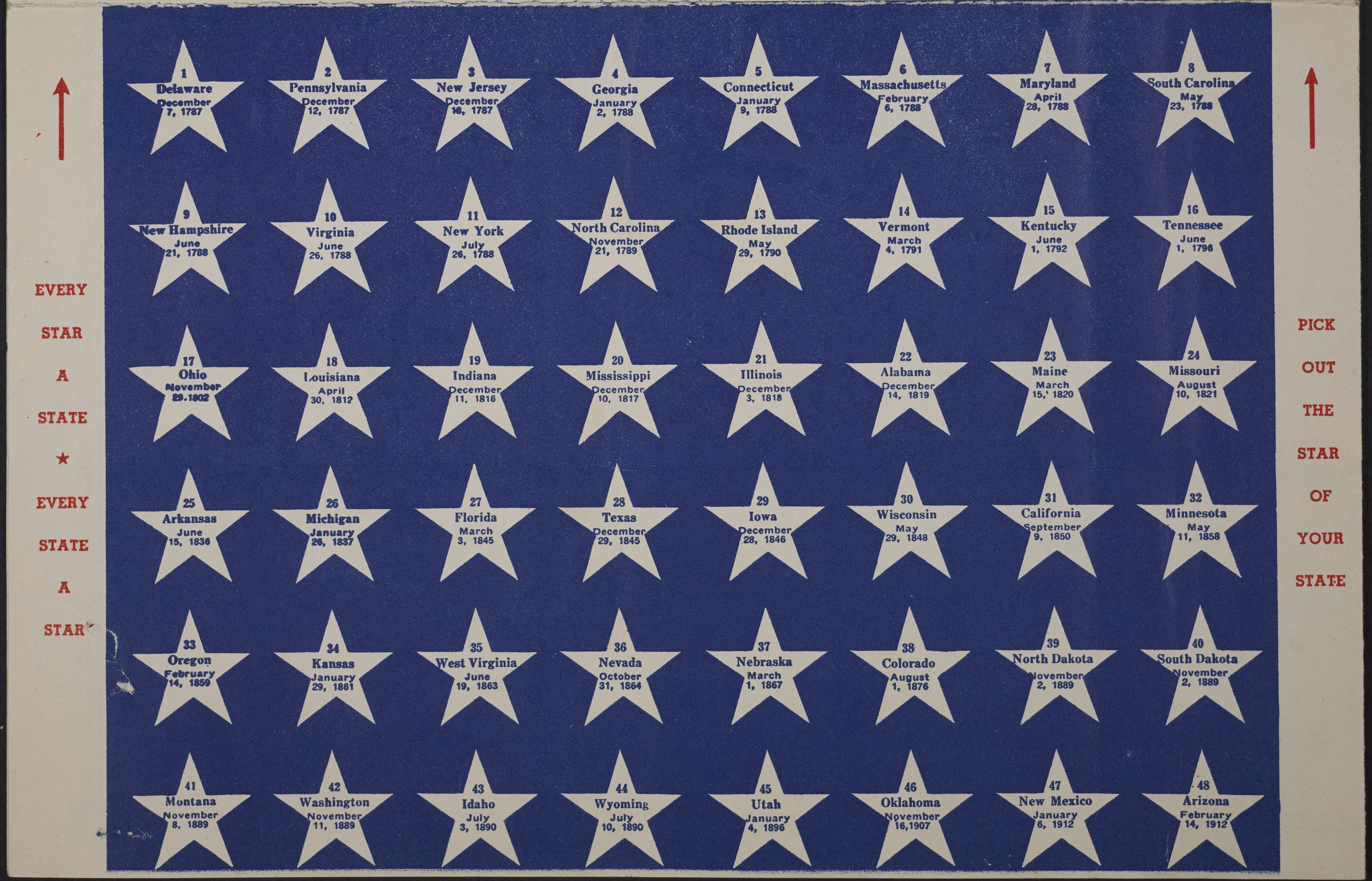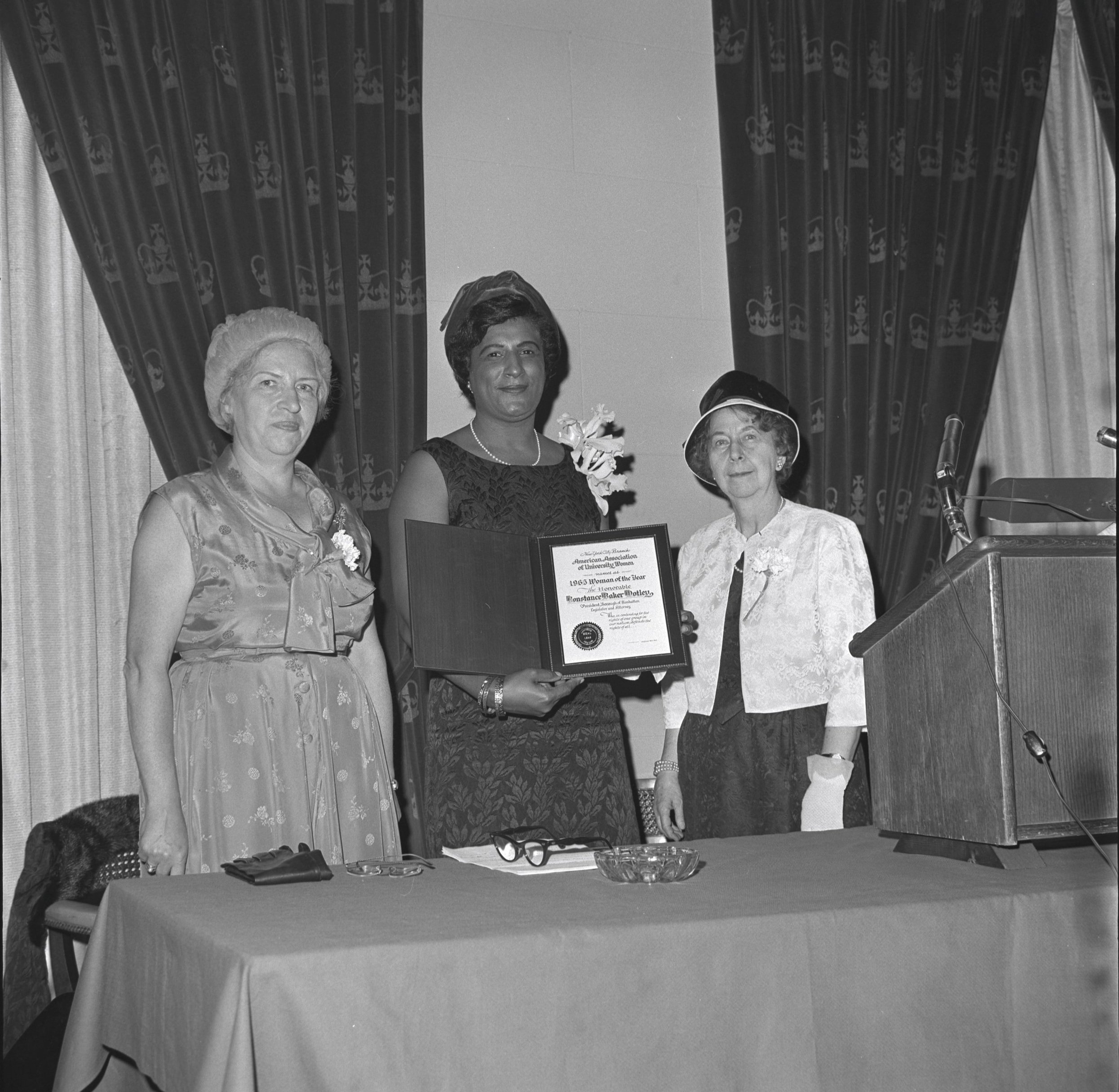Unfortunately, it is time again for that semi-annual ritual: changing your timepieces to reflect Daylight Savings Time.
Sundial, Brooklyn Botanical Gardens, September 1937. Photographer: E.M. Bofinger. WPA Federal Writers’ Project photograph collection, NYC Municipal Archives.
Spring forward. Fall back. Most have heard this axiom that reminds us of how to shift time. And on Sunday, March 9, we will be springing forward and, in many cases, grumbling about it and wondering, “When did this practice start and for what purpose?”
Interestingly, a folder in the collection of former Mayor John Purroy Mitchel (1914-1917), provides some context. Titled “Conventions-New York Daylight Savings Committee,” the folder contains various communications from 1916 and 1917.
In May, 1916, Marcus M. Marks, President of the Borough of Manhattan announced a conference on “Turning the Clock Forward” to be held later in the month. He invited City merchants and organizations to participate. The announcement noted that Cleveland, Ohio was a leader in the practice of adjusting time, along with various European cities. New York was behind the times.
New York Daylight Savings Committee, Invitation, 1917. Mayor John Purroy Mitchel Collection. NYC Municipal Archives.
New York Daylight Savings Committee, Acceptance, 1917. Mayor John Purroy Mitchel Collection. NYC Municipal Archives.
Conference attendees recommended forming a committee (a time-honored manner of resolving matters). The New York Daylight Savings Committee, based in the Borough President’s office and chaired by Marks, consisted of leaders from civic organizations, law firms, financial trusts, unions, manufacturers, and academia.
In January 1917, the Committee launched the idea of a Convention that would be addressed by Senators, Governors, Mayors, and others. Marks authored a column, “Health and Wealth in Daylight” in the newspaper Evening Sun attributing the idea of daylight savings time to “the brain of Benjamin Franklin over 135 years ago.” He wrote that “In 1784, Franklin estimated that the city of Paris that year would save in its lighting bills the somewhat exaggerated sum of $19,000,000.”
The article also refuted opponents claims: “It has been suggested that all the advantages could be obtained without turning the clock ahead, by rising and retiring an hour earlier. The answer is that we would not do it; and if we tried it we would find ourselves out of harmony with our surroundings…. There is an element of psychology in this movement. It would be quite an effort for those accustomed to arise at seven o’clock to get up at six. But when the clock says seven, habit asserts itself, and in a few days no one remembers that the clock has been turned ahead.”
Daylight Saving, by Harold Jacoby, comparison chart. New York Daylight Savings Committee, 1917. Mayor John Purroy Mitchel Collection. NYC Municipal Archives.
Much of the rationale included in the column was pulled from a paper written by Harold Jacoby, the Rutherford Professor of Astronomy at Columbia University. He explained the value of changing the clocks instead of changing schedules. “It is almost certain that if the factory whistles that now blow at seven should be sounded at six instead, something like an insurrection would occur among the workers. Therefore, the new plan proposes to attain the result by changing the clocks instead of the whistles.”
Mayor Mitchel accepted the invitation to address the convention at a lunch to be held at the grand ballroom at the Hotel Astor on January 30, 1917. He also appointed the required ten delegates to consider the concept.
National Daylight Saving Convention and Luncheon, agenda, January 30, 1917. Mayor John Purroy Mitchel Collection. NYC Municipal Archives.
The impetus for changing the clocks originated in England but was first successfully implemented in Germany in 1916. Great Britain and France soon also adopted the system. The mayoral records fail to indicate that this occurred in the middle of World War I (1914-1918), when the goal was to reduce civilian energy use so those resources could be directed to the war effort. Adoption of the approach by both sides of the conflict is noteworthy.
The United States Congress passed legislation to create universal daylight savings time in 1918 and repealed the law in 1920. During World War II, Congress again established the program and again repealed it when the war ended. In 1966, President Lyndon Baines Johnson signed the Uniform Time Act that standardized time zones in the country and brought back Daylight Savings Time. The start and end dates varied each time the law was revised. Currently, daylight savings runs from the second Sunday in March and ends on the first Sunday in November (which usually is also the date of the New York City Marathon).
New York Daylight Saving Committee to Mayor Mitchel, 1917. Mayor John Purroy Mitchel Collection. NYC Municipal Archives.
The start and end days have always been Sundays, and the Mitchel folder contains an explanation. In 1883, the nation’s railroad companies introduced a standard system for railway timetables that established time zones and eliminated dozens of confusing locally set times. The new standard required uniformity in timetables. For travelers, the resulting schedule adjustments led to criticism. When daylight savings time was implemented in 1918, train travelers were a prime consideration: “Only continental through trains actually between stations on the critical Sunday nights near May 1 and September 30 might possibly offer some difficulty. It is for this reason that these dates are placed on Sunday, and at an hour after midnight, when few trains are in motion,” wrote Professor Jacoby.
So, in 2025, as we adjust our clocks, America’s long-lost (declined??) passenger railway system still runs the show.



























